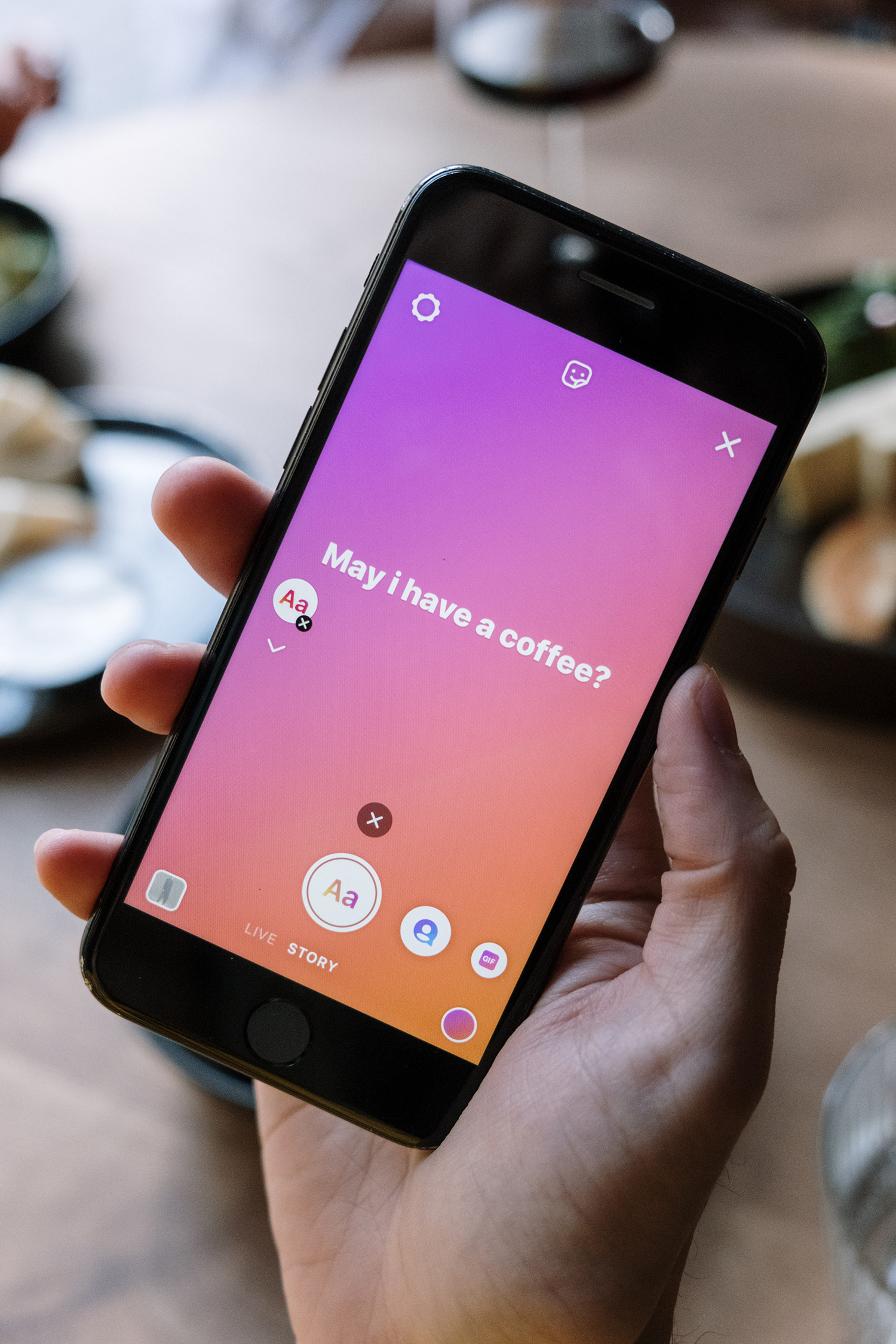Subtitles are the transcribed text or dialogue displayed on the screen usually for films and television placed at the bottom. There are two types of subtitles which are hardcoded and closed captions. Hardcode subtitles are the ones you cannot turn off in any video content whilst the closed captions are the opposite.
Captions on the other hand is a version of subtitles that are more identified and detailed. It describes not only the dialogue but also voice-overs, music, and sound effects in written words as accurately as possible. The purpose of this tedious subtitling is for the accessibility of the deaf and the hearing-impaired.
Understanding the basics of subtitling, we can then agree on why there are laws for video content released on television or the big screen to have its subtitle. As the world becomes more tolerable, we also learn how to be sensitive and considerate which is the primary goal of technology – to make our lives easier. This way, the disabled can still enjoy a movie every Sunday night without having to hear the horrific sounds of a thriller film.
There are three ways to create your subtitles:
1. Manual Transcription
You can manually type your subtitle after you finalize your video editing. In this sequence, you can control the timing and accuracy of your captions.
2. Auto-generate Subtitles
Auto-generating subtitles will automatically transcribe the dialogue they hear. With the help of speech recognition software, you do not have to type but only wait until the automatic subtitle generator transcribes the whole video. However, with this process, it is essential to double-check each word because this software can still make mistakes.
3. Uploaded file
Another way you can do subtitling is by uploading an already accurate script. Choosing this process means less editing of texts. On the other hand, what you need to focus on is the real-time coming out of the subtitles.

Edit your Subtitles
After creating your subtitles, you can still edit your captions. Despite the main goal of putting captions for the benefit of the hearing-impaired and deaf, you can still do something in terms of the aesthetic appeal of your texts. More than just making sure that your captions have accurate texts and perfect timing.
1. Font Style
The nice thing about subtitles is you don’t really have to conform to the basic fonts being used. And that as a subtitler, your work has become part of the overall design of the film. For example, others use chalkboard fonts when the video content is for kids.
2. Font Color
Another aspect of subtitle design is the color. Not recently, vloggers and other content creators use the infamous yellow Helvetica subtitle and everyone liked the simplicity of it. This is to encourage you to explore the basic edits of subtitling and discover your own style of font designs. A minor additional detail you might check and would vary is the font size.
Benefit from Subtitles
1. Visible
If you opt to use the auto-generating subtitles, the texts from the transcribed subtitles are then searchable thus your content has more possibilities to be seen. This also means the reach of your videos would increase.
2. Accessibility
Videos with subtitles that are released are reaching more people including the hard of hearing and deaf. This means a community of people with this disability in every country can access your video just as you share your stories. At the same time, these subtitles will help the hard of hearing to still have a source of entertainment and an additional video resource if they are students. Especially during these times when classes are held online, video subtitles are crucial for them. Adding subtitles can be very easy if you’re using transcription software, you can learn more at Happy Scribe, one of the top transcription tools in the market.
3. Engagements
Once your video is uploaded to a social media platform, anyone scrolling can pass by your video and might not unmute it. Thus, with the help of subtitles, the trick is to make your subtitles captivating enough for them to click on your video and continue playing it. From this added element, people could react and share your video.
Overall, this tool is not just for the content creators nor the filmmakers. This tool is advised to be used by professors and educators. Adding text should not be seen as an additional work when creating a video content. It must be out of your concern and sensitivity for other people who would want to have access to your content. That in itself should be a rewarding feeling. But other than caring over the deaf community, subtitling your videos should be practiced at an early stage of being video creators.
Other than the benefits that come with subtitling, if you are a new video editor, you can learn and explore a lot with this tool. The basic subtitling of a video can boost the quality of your content. This only proves that using subtitles is not extra work and must be required in video contents.






